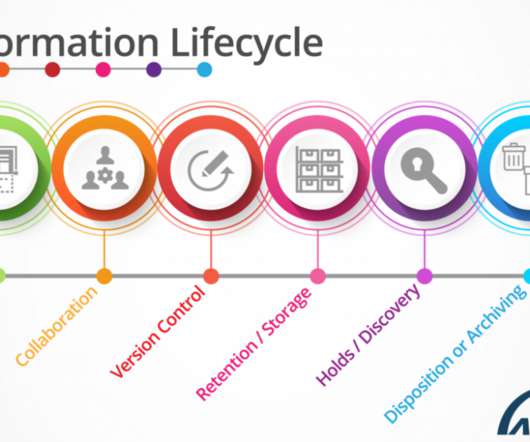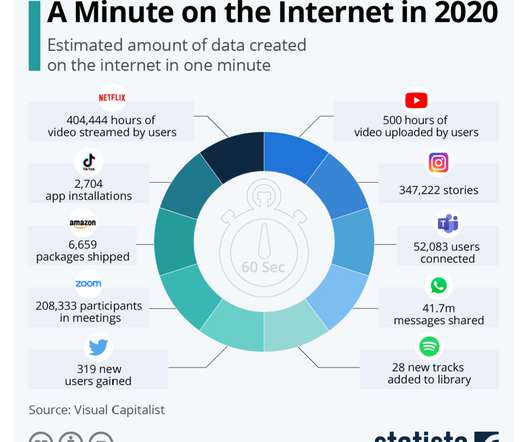Information Governance and the Records Lifecycle
The Texas Record
JUNE 28, 2021
When we talk about records management on this blog, we often use the “R.I.M.” ” or “RIM” acronym as a shorthand way to refer to the “records and information management” field. But how is information governance any different than records management? Collaboration.













Let's personalize your content